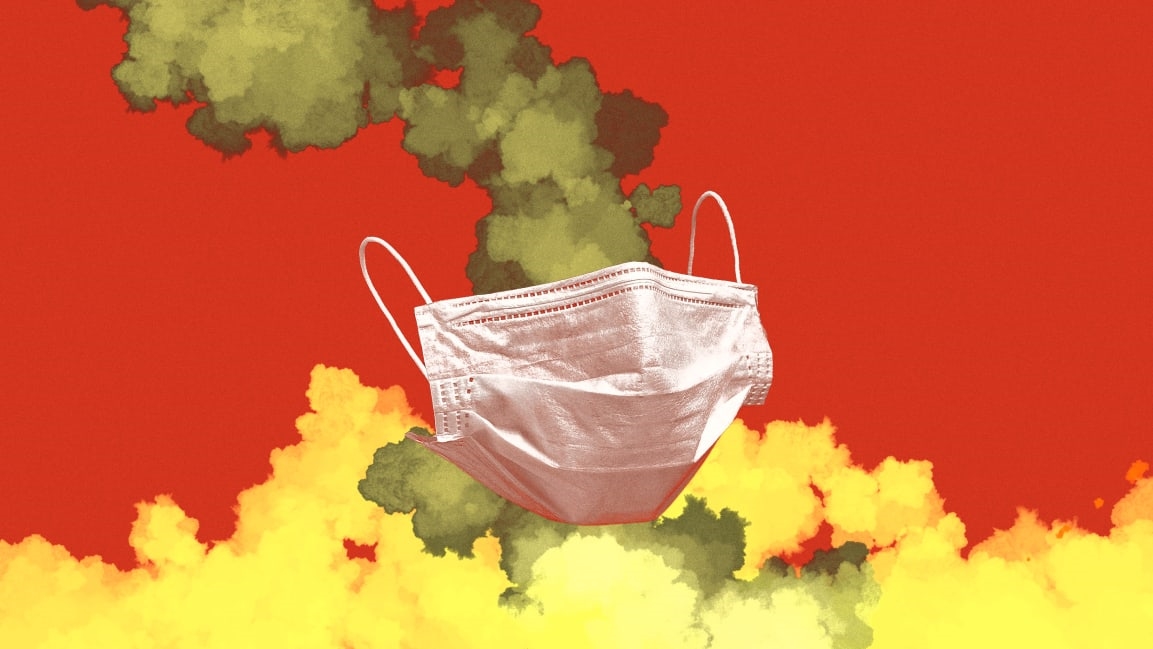The world is facing an air pollution pandemic
While the world is rightfully concerned about COVID-19 turning into a full-blown pandemic in the coming days, scientists say another pandemic has already been underway, with much less attention, for years, bringing with it cardiovascular and respiratory diseases and causing nearly 10 million premature deaths just last year. The cause, according to a study published today by the European Society of Cardiology, is air pollution, mostly from human-made sources, and it’s having dire public health effects worldwide.
It’s become common knowledge that air pollution is harmful to our health—from exacerbating asthma to causing lung cancer—but breathing in dirty air has still been seen mostly as a minor inconvenience of modern living, something to just deal with rather than address like we have with smoking or preventable diseases such as HIV/AIDS. Researchers from the Max Planck Institute for Chemistry and the Department of Cardiology of the University Medical Centre Mainz in Germany, whose study was published today in the journal Cardiovascular Research, hope their findings will prompt cardiologists around the world to take this threat seriously.
Looking at air pollutant exposure data from the Global Exposure Mortality Model and World Health Organization mortality and population information, the researchers estimate that air pollution caused an extra 8.8 million premature deaths worldwide in 2015—more than tobacco smoking (7.2 million premature deaths per year globally); HIV/AIDS (one million deaths); parasitic diseases such as malaria (600,00 premature deaths); and all forms of violence, from interpersonal violence to deaths in wars (530,000 premature deaths). Air pollution’s mortality rate represents an average shortening of life expectancy of nearly three years for every person in the world.
Air pollution may not initially seem that harmful, and in some countries air pollution concentrations have certainly decreased, notes study author Jos Lelieveld. But in low- and middle-income countries, pollution levels continue to grow, and this study links that pollution with life expectancy loss from lower respiratory tract infection, chronic obstructive pulmonary disease, lung cancer, heart disease, and cerebrovascular disease leading to stroke. “People are exposed [to air pollution] 365 days per year, a lifetime long,” Lelieveld says. “It is a chronic exposure that leads to chronic diseases.”
The study distinguishes between human-made air pollution and unavoidable pollution from natural sources such as desert dust or wildfires. Globally, two-thirds of all premature pollution deaths are attributable to human-made pollution, which is mainly fossil-fuel related. That means 5.5 million deaths worldwide a year are potentially avoidable, the researchers say.
It also means different regions see different health impacts because of how pollution-related emissions can vary. Worldwide, ambient air pollution’s life-shortening effect is greatest for older people, with 75% of deaths attributed to air pollution occurring in people over 60 years old, per the study. But in low-income regions such as Africa and South Asia, air pollution is linked with high mortality for children under five. East Asia has the highest loss of life expectancy—3.9 years—associated with avoidable air pollution; removing human-made emissions could prevent three of those 3.9 years of lower life expectancy.
Because experts are seeing mortality numbers rise, more health impacts of air pollution are being identified, and air pollution is increasing in many countries, “the term ‘pandemic’ seems appropriate,” Lelieveld says. “The takeaway message is that ambient air pollution is one of the main global health risks, causing significant excess mortality and loss of life expectancy, especially through cardiovascular diseases.”
(29)



